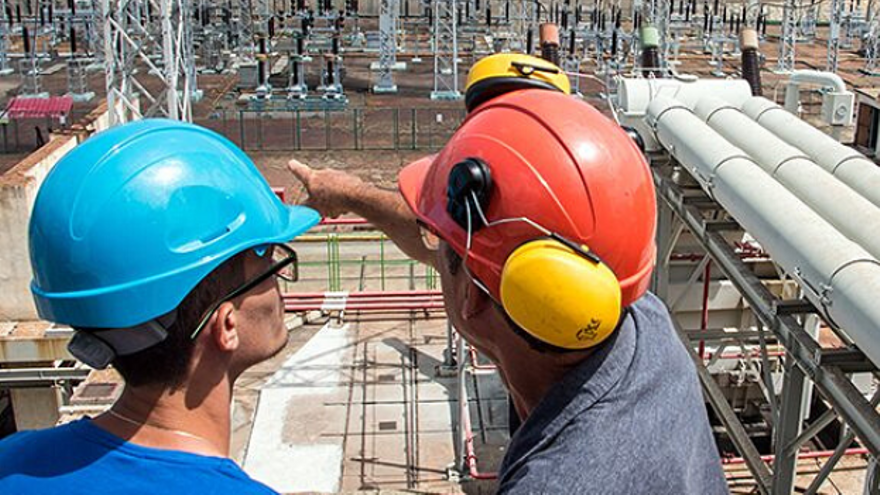
![]() 14ymedio/EFE, Havana, 28 July 2022 — The Electric Union of Cuba announced on Thursday a deficit of up to 20% in the energy supply, after three days of relative stability during the official holidays on July 26.
14ymedio/EFE, Havana, 28 July 2022 — The Electric Union of Cuba announced on Thursday a deficit of up to 20% in the energy supply, after three days of relative stability during the official holidays on July 26.
The deficit this Thursday will be 17.9% in prime time, with an availability of 2,502 megawatts (MW) and a maximum demand of 2,950 MW, the state company reported in its usual statement.
On Wednesday, the deficient electricity supply began to affect users from 10:42 and was restored at 22:30. The company also reported that eight units out of a total of five thermoelectric power plants in the country are out of service due to breakdowns or maintenance.
On July 22 in a speech to Parliament, Miguel Díaz-Canel acknowledged the discomfort among the population over the cuts, which have been intensifying in recent months. He added that those who blame the Government for its handling of the prolonged blackouts “are responding to what the counterrevolution wants.”
The Government affirms that the cuts in supply have been caused by breakages in the plants, the shortage of fuel for generation and scheduled maintenance. Despite the state rhetoric, which affirms that everything possible is being done to avoid blackouts, and the deals with foreign companies to repair thermoelectric plants, the crisis of the Cuban energy system doesn’t seem to have an immediate solution.
A report published today in Cubadebate collects the testimony of workers of the Cienfuegos thermoelectric plant. Affected by rust and marine microorganisms, the machinery repeats the pattern of other plants in the country: lack of spare parts and lack of adequate maintenance.
In a thermoelectric plant “we work many early morning hours, many Saturdays, Sundays, many carnivals; maintenance is twenty-four hours,” says a 72-year-old technician.
“The units aren’t given the maintenance they need, so each operation becomes more complicated,” another operator admits to the official press. “There’s a lot of instability in parameters; we are working with parameters that aren’t in accordance with the plant system. You have to keep your eyes wide open. One mistake from us and the plant is gone.”
“I left work one morning and arrived home without electricity. I can’t sleep. I’m also suffering,” adds another.
However, Cubadebate has no qualms about stating that the Cienfuegos thermoelectric plant is “one of the most stable in the country.”
At the beginning of July, the Felton thermoelectric plant, in the Holguin municipality of Mayarí, suffered considerable damage due to a large fire. This accident meant an even greater deterioration of the national electricity system, unable to implement the necessary actions to achieve energy stability in the short term.
The blackouts were, along with other serious economic and political problems, the cause of the massive protests of July 11, 2021. They have also been the triggers for recent demonstrations against the Government, such as those that took place in Los Palacios (Pinar del Río), or smaller ones in other municipalities of the country.
Translated by Regina Anavy
____________
COLLABORATE WITH OUR WORK: The 14ymedio team is committed to practicing serious journalism that reflects Cuba’s reality in all its depth. Thank you for joining us on this long journey. We invite you to continue supporting us by becoming a member of 14ymedio now. Together we can continue transforming journalism in Cuba.
